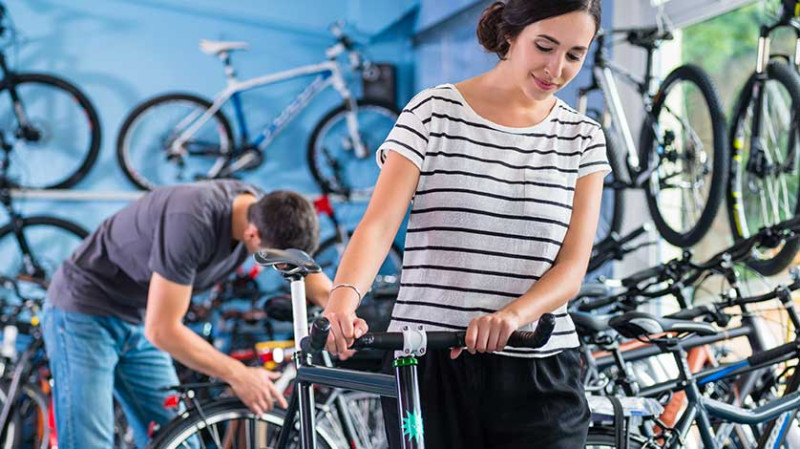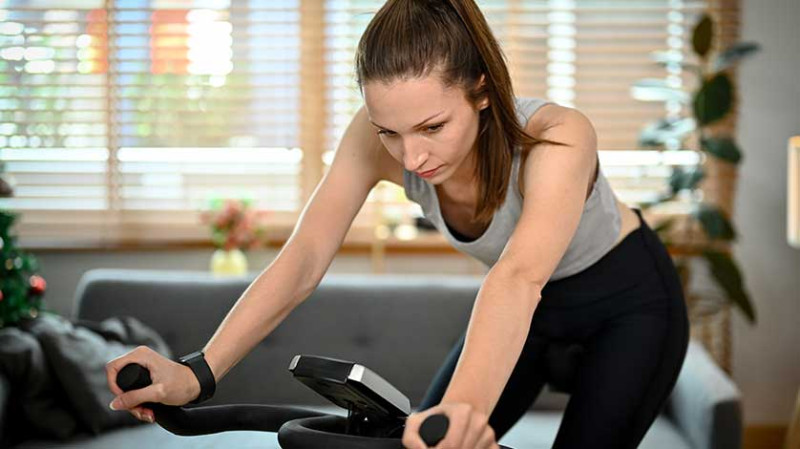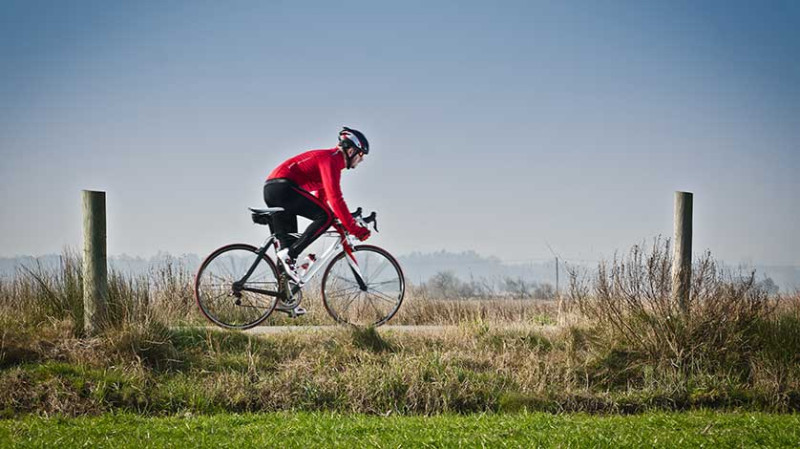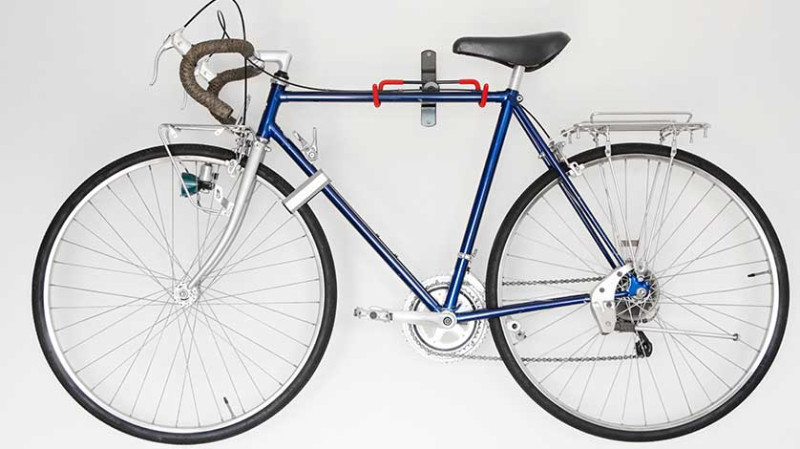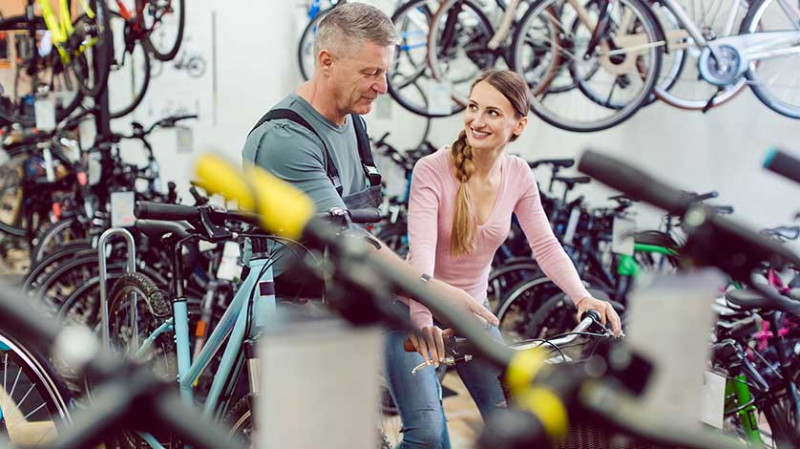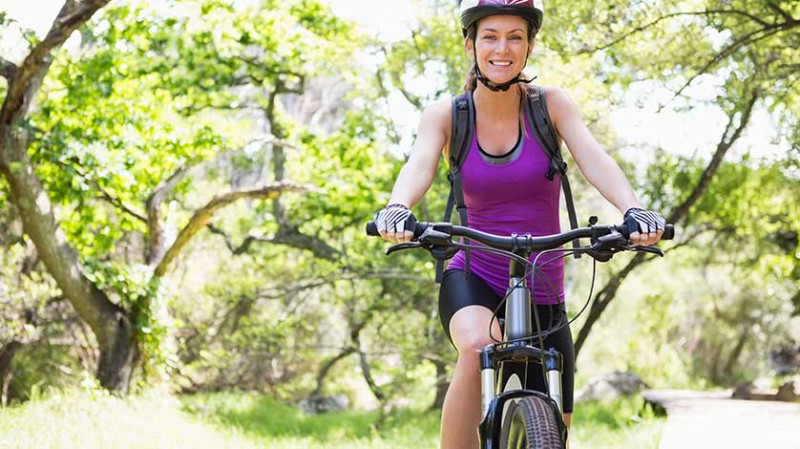
Whether you're a complete beginner or someone who's been off the bike for years, the idea of riding 50 miles (around 80 kilometres) might seem like a daunting challenge. But with the right approach, a good bike, and a bit of determination, anyone can go from couch to cycling half a century – even you. This blog post is tailored for those living and working in the UK who want to get into cycling either for fitness, daily commuting, or a new personal challenge.
This guide will walk you through the essential steps—from choosing a bike to creating a training plan—so you can confidently hop on your saddle and clock in 50 miles. Whether you’re a young professional unwinding on weekends, a passionate DIY enthusiast looking for a fresh goal, or a tradesperson wanting to boost your health, this cycling challenge is within your reach.
1. Choose the Right Bike
The first step to cycling success is having the right equipment. There’s no need to splash out on a top-end carbon racing bike, but a reliable, comfortable bike that suits your needs is essential.
For road cycling and long-distance journeys like the 50-mile challenge, a road bike or hybrid will be your best bet. Road bikes are lighter and built for speed, while hybrids offer a more upright riding position and greater comfort—especially useful for beginners or those with back issues.
Visit a local bike shop in your area such as Evans Cycles or Halfords, and get fitted correctly. Key factors to consider are frame size, saddle height, handlebar reach, and tyre type. A proper fit can prevent injuries and make every mile more enjoyable.
If you're on a budget, second-hand bikes or refurbished models can be great options. Just ensure that key components like brakes, gears, and tyres are in good working order. And don’t forget a helmet—safety first.
2. Gear Up With Essentials
While cycling can be as minimal or as gear-heavy as you make it, there are a few essentials you shouldn’t ride without. Investing in the right cycling gear will make your journey more comfortable and safer.
Start with a padded pair of cycling shorts or leggings. Trust us—your backside will thank you. A moisture-wicking jersey, cycling gloves, and breathable socks will also make your ride more pleasant, especially during the unpredictable UK weather.
Don’t forget hydration and nutrition—two water bottles on your bike and easy-to-digest snacks such as bananas or energy bars can help keep you fueled at each stage of your ride. For longer rides, consider a simple handlebar or saddlebag to carry your supplies, tools, and a puncture repair kit.
Lastly, make your bike road-ready with front and rear lights, a bell, and a repair kit including spare tubes, levers, and a mini pump. You never know what may happen on a 50-mile ride across the British countryside.
3. Build a Progressive Training Plan
No one goes from couch to 50 miles overnight. The key to success lies in building a consistent and realistic training plan that gradually increases your endurance while avoiding fatigue or injury.
Here’s a sample 8-week training plan that you can adapt to your fitness level and schedule:
| Week | Target Ride Distance | Suggested Rides |
|---|---|---|
| Week 1 | 5–10 miles | 2–3 flat routes, focus on getting comfortable on the bike |
| Week 2 | 10–15 miles | Start exploring longer paths, try a short hill |
| Week 3 | 20 miles | Longer weekend ride + 1–2 short evening rides |
| Week 4 | 25 miles | Focus on pacing and nutrition during longer rides |
| Week 5 | 30 miles | Introduce interval training or hill climbs |
| Week 6 | 35 miles | Long ride with breaks, test endurance |
| Week 7 | 40 miles | Ride at a gentle pace, focus on stamina rather than speed |
| Week 8 | 50 miles | Go for glory—your first half-century ride! |
As you train, listen to your body. Rest is just as important as riding, and if you feel overly sore, take a break. Complement your training with leg stretches, core exercises, and good hydration.
4. Master Cycling Technique and Safety
Technique matters more than speed in long-distance cycling. Proper form can help avoid injury, conserve energy, and make your ride smoother. Focus on keeping a steady, circular pedalling motion rather than banging down on the pedals.
Make a habit of changing hand positions to avoid strain and stay fluid. Learn to shift gears properly—higher resistance for flat roads, lower gear for hills. It’s a fine balance between pedal RPM and effort.
Safety is another top priority. Know the Highway Code for Cyclists in the UK. Always signal before turning, stay visible with proper lighting, and watch for car doors opening, especially in cities like London or Manchester. Consider using cycle paths such as Sustrans routes or dedicated cycleways where possible.
Ride with awareness, and if you're unsure about road etiquette or want extra confidence, consider a Bikeability Level 3 class offered in many UK areas. It’s great for commuters as well as leisure riders.
5. Plan Your First 50-Mile Ride
The day has arrived—you’re ready to ride 50 miles! Planning it right will make the event enjoyable rather than exhausting. Choose a scenic, mostly flat route, ideally with cafes or petrol station stops along the way.
Popular UK cycle routes like the Camel Trail in Cornwall or the Tarka Trail in Devon offer lovely long-distance options. Apps like Komoot or Strava can help you plan and download GPS routes in advance, even for offline use.
Make sure your bike is fully tuned. Check tyre pressure, chain lubrication, and brakes. Pack light but smart with essentials mentioned earlier. Dress appropriately, considering layering options for the British weather.
Start slow and pace yourself—this is a marathon, not a sprint. Break the ride into manageable 10-mile sections. Take five-minute breaks to stretch, snack, and enjoy the ride. Mental endurance is just as important as physical ability.
6. Keep the Momentum Going
Completing your first 50-mile ride is a big achievement—celebrate it! But don’t stop there. Keep riding and set new goals such as completing a 100k sportive, joining a local cycling club, or commuting to work by bike.
For UK tradespeople or professionals looking for eco-friendly transport options, regular biking can even cut your expenses and travel time in busy cities. Additionally, it’s a great way to stay fit without hitting the gym.
Document your cycling journey and share it with friends or online communities. Social platforms like Strava or Facebook cycling groups are powerful motivators and ways to meet riders at your level.
The key is consistency and enjoyment. Cycling shouldn’t feel like a chore. Take the scenic routes, ride with mates, and keep evolving your goals. Your couch will always be there—but now, so is your bike.
Final Thoughts
Going from couch to 50 miles isn't just about cycling—it's a transformation. From mental endurance and physical fitness to new adventures and improved wellbeing, the rewards are limitless.
For UK residents—from the hills of Yorkshire to the streets of London—cycling is one of the most accessible and satisfying ways to challenge yourself. Whether you're a young professional unwinding after work, a DIY enthusiast chasing the next goal, or a tradesperson replacing traffic jams with freedom on two wheels, this is your call to ride.
Start small. Stay steady. Keep pedalling.
